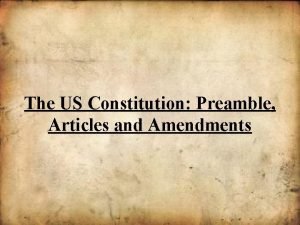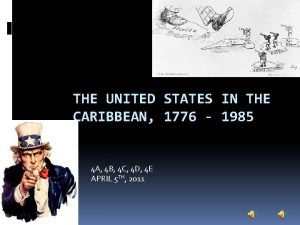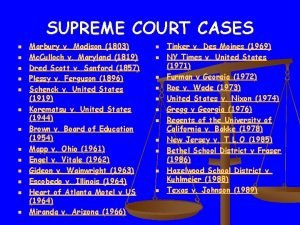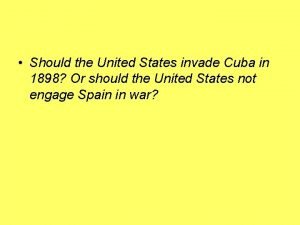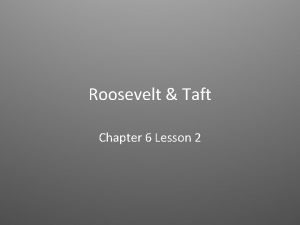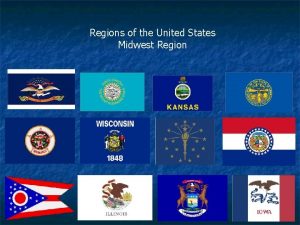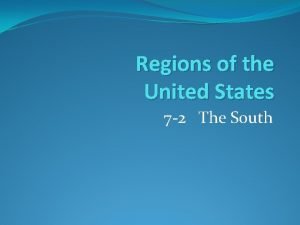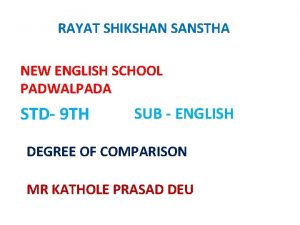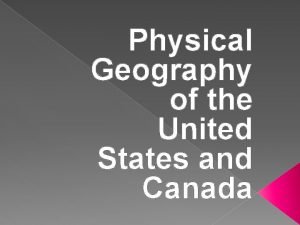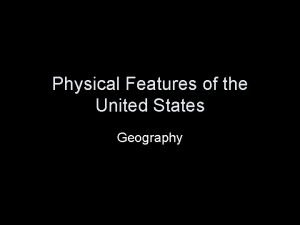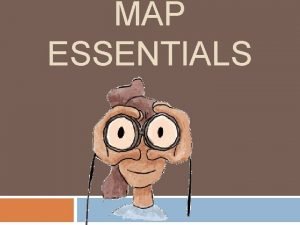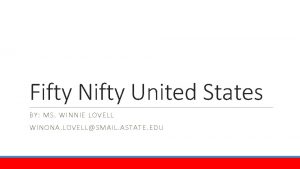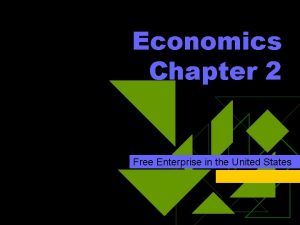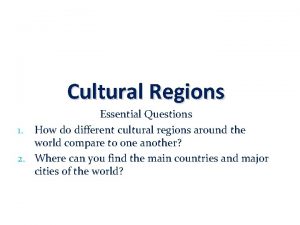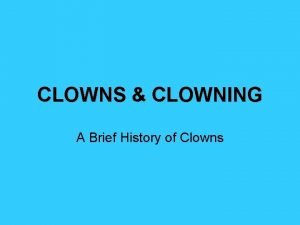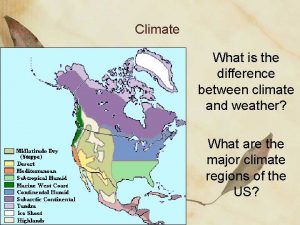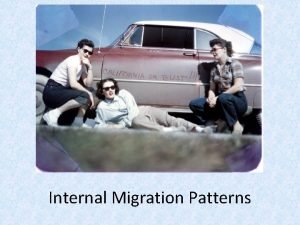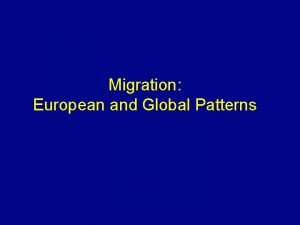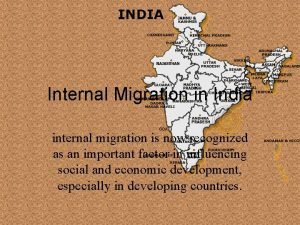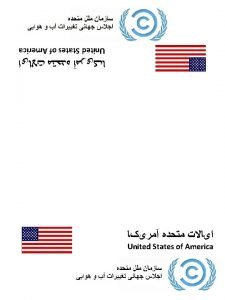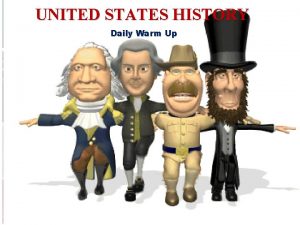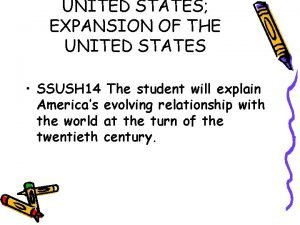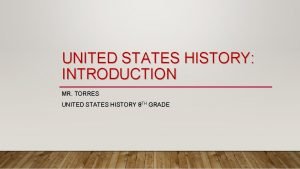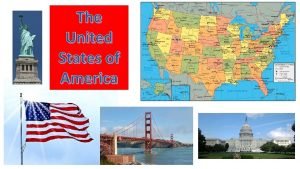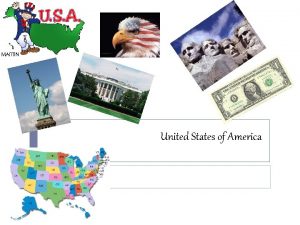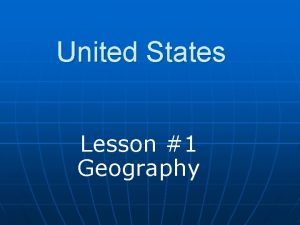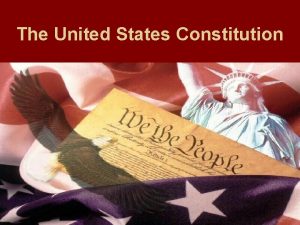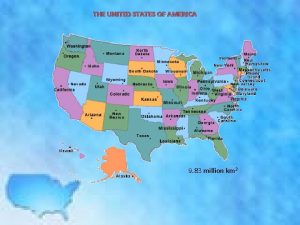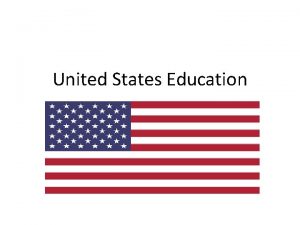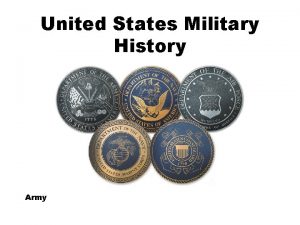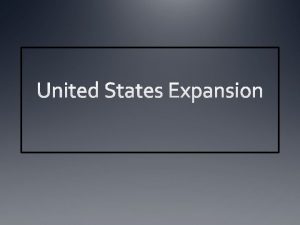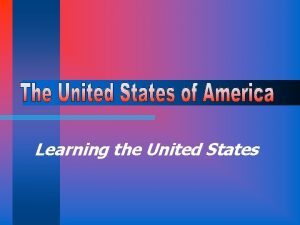United States Migration Patterns Internal Internal US Migration



























- Slides: 27

United States Migration Patterns (Internal)

Internal US Migration (interregional) • U. S. settlement patterns – Movement is East to West – Colonial settlement clustered on the East Coast • Limited to coastal areas by British – Proclamation Line of 1763 • Intervening obstacle – Appalachian Mountains • Gravity Model • Ties to Atlantic trade – Improved transportation opens interior • Scots – Irish frontiersmen • Erie Canal

Internal US Migration (interregional) • Westward Expansion/Manifest Destiny – “US should possess the whole continent” – Oregon Trail (1840 s) – California Gold Rush (1849)

Internal US Migration (interregional) • Westward Expansion/Manifest Destiny – “US should possess the whole continent” – Oregon Trail (1840 s) – California Gold Rush (1849) • Settlement of the Great Plains – Homestead Act (1862) » remember link to immigration » govt. encourages migration » Make wasteland productive – Railroads (comp. 1869) » sells land grants – becomes arable land » steel plow, windmills » barbed wire

• 7 million African-Americans • 1910 – 1970 – Two waves (WWI and WWII) • rural South to urban North Great Migration

• 7 million African-Americans • 1910 – 1970 • rural South to urban North – Push factors • Economic – poverty, share-cropping Great Migration

Sharecropping “cycle of poverty”

• 7 million African-Americans • 1910 – 1970 • rural South to urban North Great Migration – Push factors • Economic (in addition to sharecropping) – eviction due to mechanized farming • Cultural – discrimination » Jim Crow laws » Plessy v Ferguson (sep. but equal) » = separate but NOT equal » Voting restrictions (literacy tests, poll taxes, etc. ) – Violence » KKK, lynching

• 7 million African-Americans • 1910 – 1970 • rural South to urban North Great Migration – Pull factors • Industrial jobs (economic) – White factory workers off fighting world wars » Armed forces are segregated • better treatment (cultural)? – face segregation and discrimination – Some suffer from ghettoization – De facto vs. de jure segregation • “Great Return” or The “New Great Migration” – Since 1980 s. African-Amer return to South – Urban North to Urban/Suburban South • Chgo lost 200 k black residents in the last census – What cultural push/pull factors are involved in this counter-migration? • Push – Middle-class African-Americans leaving city due to cultural push factors (gang violence, police brutality) • Pull – Cultural reconnection with family/Southern culture – For economic, see Rust Belt → Sun Belt (later)

• from rural to urban areas – “urbanization” • Stage 2 (industrialization) • US = late 1800 s thru mid 1900 s – Primary reason = economic – Push = farm mechanization – Pull = industrial jobs in cities • What effects does urbanization have? – Secular attitudes » 1920 s culture clash – children = economic burdens – LOWER CBR/NIR • from urban to rural areas • “counterurbanization” – form of countermigration • primary reasons are cultural – country lifestyle, easier pace Interregional migration in the United States


Migration from Rust Belt to Sun Belt • Push factors – weather • cold winters – declining industry • “Rustbelt” • high costs – strong unions – high regulation – high taxes » e. g. to combat polluting effects of industry • business move to avoid higher costs – Highways/trucks make this relocation possible (no longer tied to RR hubs) – if job growth happens elsewhere = people follow economic growth • Urban decay (see suburbanization) as a push factor

• Pull factors – warmer climate • “Sunbelt” – Mild winters, golf year-round Sun Belt • AC becomes widespread in 1950 s and 1960 s – makes summers bearable in South! – Low business costs • non-union environment – South = “right-to-work” states » weakens unions – regulation/taxes kept low » on purpose to attract industry

1968 2020

• Pull factors – warmer climate • “Sunbelt” – Mild winters, golf year-round Sun Belt • AC becomes widespread in 1950 s and 1960 s – makes summers bearable in South! – Low business costs • non-union environment – South = “right-to-work” states » weakens unions – regulation/taxes kept low » on purpose to attract industry – high population growth • Since 1970 – +25 electoral votes • 2000 – 30 – 88% of all US pop. growth


Changing Center of the U. S. Population • Center of population has moved consistently from east to west – representing evidence of westward migration, territorial expansion, Manifest Destiny • Note southward trend since mid-20 th century – Represents Rustbelt to Sunbelt migration

Intraregional migration in the United States • Migration from “central city” to suburban areas – “suburbanization” = biggest migration since 1950 • pre-WWII = most city residents lived densely – Multifamily units, close to downtown, dependent on public transit

Chicago population density 1950

Intraregional migration in the United States • Migration from “central city” to suburban areas – “suburbanization” = biggest migration since 1950 • pre-WWII = most city residents lived densely – two decades of hardship/sacrifice (Great Depression & WWII) • post WWII = America is king! optimism abounds – enormous pent up demand!!!! Rationing is over! » therefore…. spend, spend → consumerism – returning veterans → housing shortage → govt. programs » Almost entirely excluded African-Americans (redlining) » FHA , GI Bill – Optimistic populations have babies » Baby Boom → space needed to raise children – Biggest factor facilitating this migration: » Automobiles » affordable, highways built, can live farther from work • Is there a countermigration from suburb to city = – “gentrification” (this will be covered in Unit 6) » The movement of middle class (mostly white) people into formerly “distressed” central city neighborhoods

• tremendous growth of the suburbs in 20 th century America • “suburbs” are a part of the urban region. – movement from the city to the suburbs = intraregional – movement from rural areas to city/suburbs = urbanization = interregional

Suburbanization (mostly cultural) Push Factors • urban decay – crowded housing (apts. ) • 1950 Chicago = 3. 7 million people in a MUCH smaller footprint Pull factors • suburban lifestyle – space • detached homes, yards, garages • room for kids – poverty • crime • unemployment – low poverty • low crime • poverty and crime are linked not race/ethnicity and crime – industry moves due to highways – schools • underfunded • school desegregation/busing – scared of the “other” • new immigrants = different • African-Americans – “de jure” segregation struck down • results in “white flight” – mostly white middle-class flee urban problems for “suburban lifestyle”? – increases inner city decline as middle class taxes flow from city to suburbs – schools • • safe, well-funded, no gangs good government • better services • low taxes • “American dream” – or is it “homogeneity” they seek?

Push Factors


Pull Factors

• Where do you see evidence of suburbanization on this map? – Population gain in counties surrounding Cook/Chicago. – Population loss in Cook/Chgo – Population gain in areas outside St. Louis. • What other migration trend can be supported by this map? – Urbanization • Population loss in rural areas • Other? – “rural” counties with population gains are mostly small cities with universities. – represents small-scale urbanization and brain gain migration to university towns.

Intraregional Migration in the United States • Note that the biggest flow is from city to suburbs. – Suburbanization • Biggest migration trend in post-WWII America! Know this! • Note that all flows have an opposite flow though not necessarily of the same magnitude – countermigration
 Was the united states on the axis powers or allied powers?
Was the united states on the axis powers or allied powers? Mediterranean climate in us
Mediterranean climate in us 36 30 line
36 30 line Us pro soccer organization
Us pro soccer organization Marshall case
Marshall case United states student association
United states student association The united states ought to provide a universal basic income
The united states ought to provide a universal basic income Preamble to the united states constitution
Preamble to the united states constitution The united states in the caribbean 1776 to 1985
The united states in the caribbean 1776 to 1985 Products of the southeast
Products of the southeast Expansion of the united states of america 1607 to 1853 map
Expansion of the united states of america 1607 to 1853 map Why did truman believe greece needed aid
Why did truman believe greece needed aid Hawaii date acquired
Hawaii date acquired Author of awake united states
Author of awake united states Mapp v ohio
Mapp v ohio Why did the united states invade cuba in 1898?
Why did the united states invade cuba in 1898? Guided reading activity lesson 2 roosevelt and taft
Guided reading activity lesson 2 roosevelt and taft Nnn
Nnn 7 regions of the united states
7 regions of the united states The united states is the greatest buyer positive degree
The united states is the greatest buyer positive degree United states and canada physical map
United states and canada physical map Physical feature map of the united states
Physical feature map of the united states Earth map latitude
Earth map latitude North south east west in our calm objective opinion
North south east west in our calm objective opinion Chapter 2 free enterprise in the united states
Chapter 2 free enterprise in the united states Perceptual regions of the united states
Perceptual regions of the united states Grotesque whiteface
Grotesque whiteface Subtropical united states
Subtropical united states







